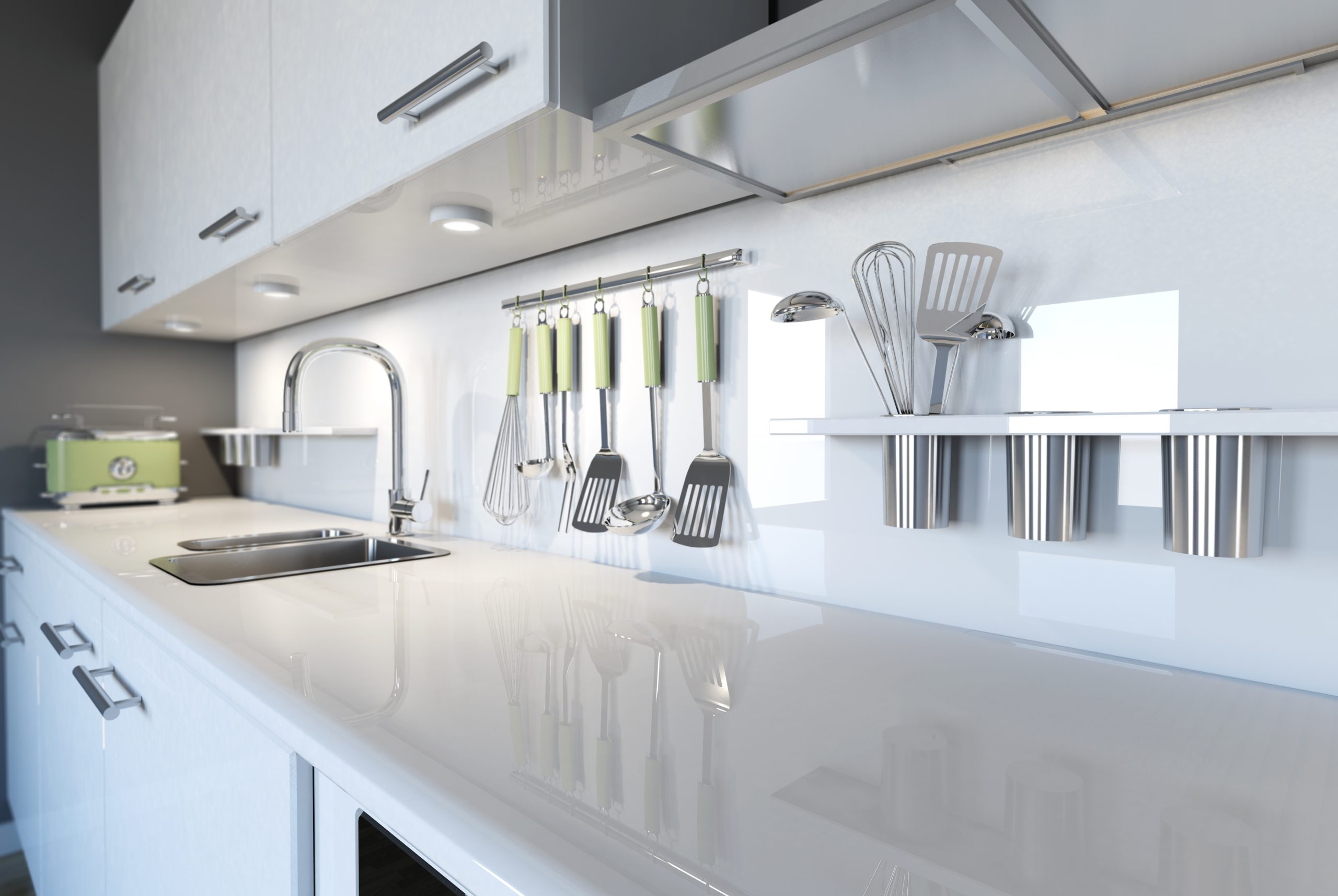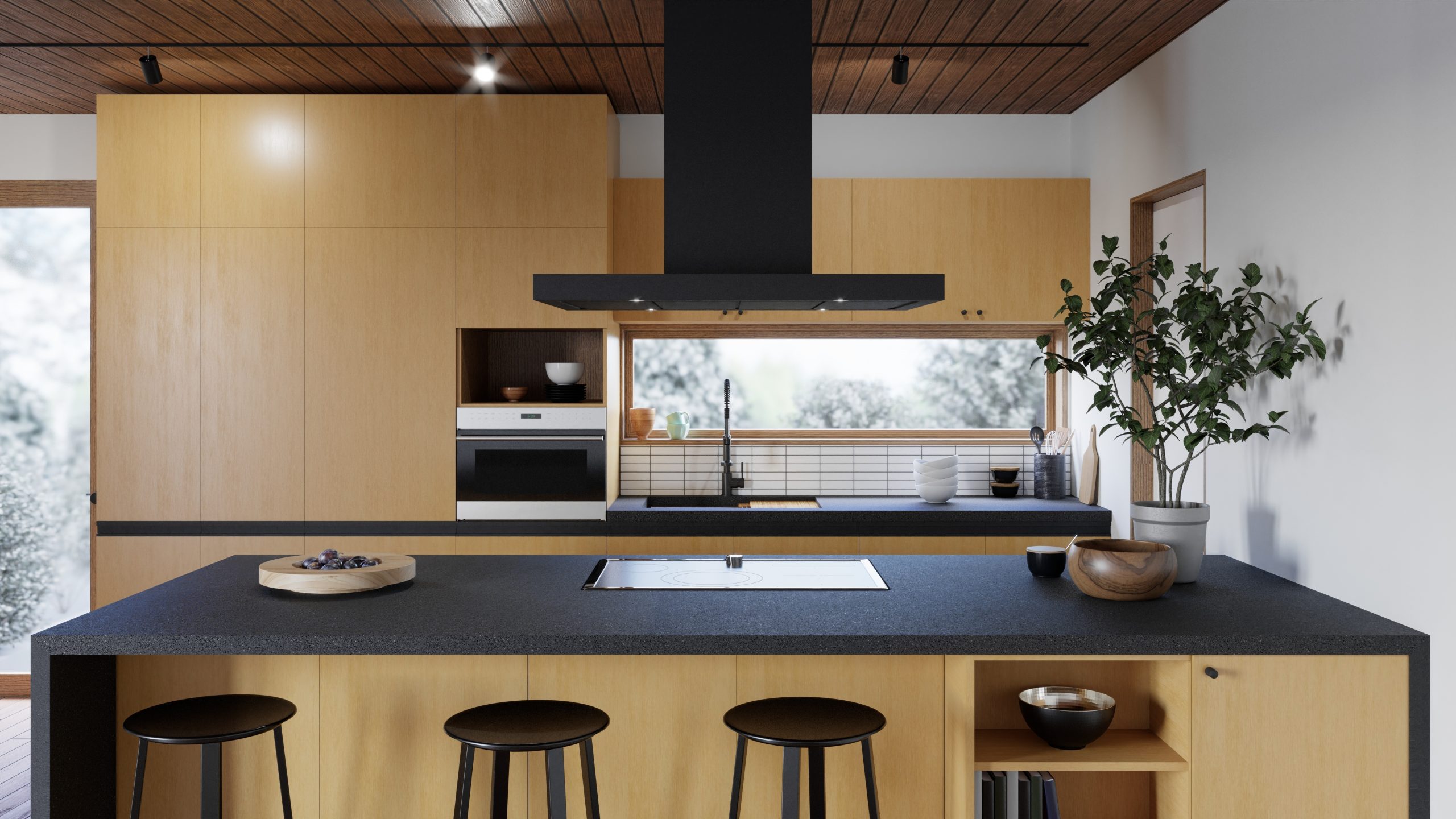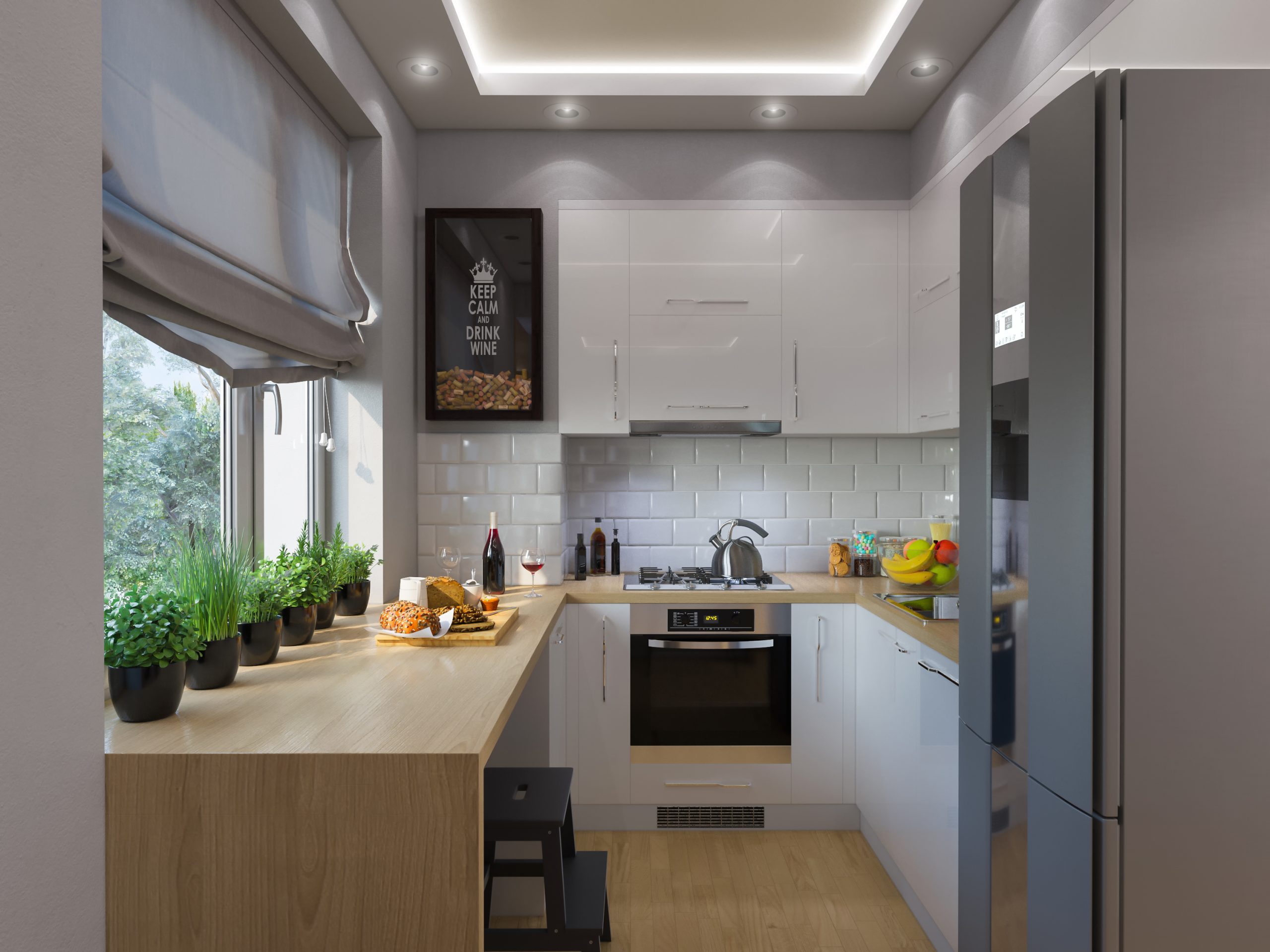Having a hard time deciding which hob to acquire? These Kitchen Hob ideas will guide you through the perfect material and your work space deserves to obtain.
It is expected for a kitchen hob to be readily available from dusk till dawn, so it’s only right to research the various alternatives available to find one that not only suits your method of cooking, but will last the test of time.
A fine place to start with when making a decision on which hob to choose, is to decide whether you want an electric, gas – or both. By reading below you will discover more about the different types.
The Gas hobs
An average gas hob comes with four or five burners and a manual ignition switch that lights the gas burner you desire to use. Easy-to-turn knobs that allow you to direct the flames are generally situated in a row at the front of the hob or to one area of the burners. A reminder; gas hobs must be installed by a qualified and skilled professional.
Pros: These types of hobs have traditionally been the preference of professional chefs as they prefer immediate heat that’s entirely controllable and evenly circulated.
Cons: It is occasionally delicate to clean a gas hob, mainly when compared to the smooth, flat surface of an induction or ceramic hob.
Energy efficiency of Gas Hobs
In terms of energy efficiency in recent years, gas hobs have considerably advanced. Numerous gas hobs now consist of an optimal burner, where the flame runs vertically rather than horizontally. In truth, optimal burners are capable of energy saving of at least 10%.
Exterior Equipment for Gas Hobs
Normally, gas hobs are available in glass or stainless steel. Although glass is more expensive than stainless steel, so keep this in mind when choosing your budget for your new hob.
Glass
Generally, the glass type of gas hobs come in black or white and, and due to the smooth surface, these type are quite easy to wipe clean. The only down side is that if your pans boil over or when you spill out something, it will run in all places.
Stainless steel
Frequently, stainless steel hobs have elevated sections that will limit any spills to that particular section of the hob. But though stainless steel appear incredible, it can be tricky to maintain clean and shiny. The solution is to invest in excellent quality stainless steel cleaning products or maybe an e-cloth to help preserve its superior looks.
Electric hobs
Contemporary electric hobs fall into two categories: ceramic and induction. While the two technologies present diverse cooking results, they also have a quantity of common characteristics.
For instance, ceramic and induction hobs both present the same sleek glass look. The smooth, flat surface makes these hobs exceedingly easy to clean. Electric hobs are also very handy if you live in a rural area where gas isn’t readily obtainable.
Ceramic hobs
A great choice for people who have a restricted budget are ceramic hobs. They are often a lot cheaper than the other types and it comes in an immense number of styles and sizes to go well with any kitchen setting.
Pros: A ceramic hob looks modernized from the exterior and its smooth surface indicates that it’s quite uncomplicated to clean. Contrasting from the induction hobs; a ceramic hob does not necessitate an exact type of pan.
Cons: Ceramic hobs are frequently slower to heat up than other induction hobs and are more complicated to manage. Unlike other induction hobs which solitarily heat the pan and its contents, the exterior surface of a ceramic hob however gets pretty hot as well.
Induction hobs
Induction technology utilizes magnetism to heat just the pan which made it entirely diverse from the ceramic hobs. This enables heat to permeate the food exceedingly fast. It also minimizes the danger of burns during and after food preparation.
Pros: Besides its reputation for energy efficiency and safety, the temperature controls on an excellent induction hob permit you to tweak the intensity of heat temperature in little increments, allowing you to have exceptional control.
Cons: These are more generally costly than gas or ceramic hobs. In addition, a vast deal of people can hold over induction since they merely work with pans made of ferrous metal. On the other hand, your existing pan set may actually be already fitting for Induction hobs. An immediate test to confirm this is to observe whether a magnet sticks to the base of the pan. If it does, then your pans ought to be appropriate for an induction hob.
Innovative features of induction hobs
Induction hobs feature a great number of clever functions to make them exceedingly effortless to utilize. Several come with a detachable magnetic dial, which you merely point towards the area you want to use and then twist to pick the intensity of heat.
Zone less induction cooking
An example of another incredibly versatile induction hobs are the Zone less hobs. These are increasingly popular, for instead of having a varied amount of designated cooking zones, you can rest your saucepans everywhere on the surface of a zoneless hob. This in turn presents you with definitive flexibility, as the hob automatically distinguish the pan on the plane and heats the individual induction coils as suitable.
Opt for both
When you can’t decide between electric or gas, invest in a dual-fuel hob that obtains the benefits of both instead. Commonly, a distinct single wok burner is placed in conjunction with quite a few induction zones.
I hope you’ll find these ideas informative and helpful on deciding which hob appliance is ideal for your modern kitchen space.








